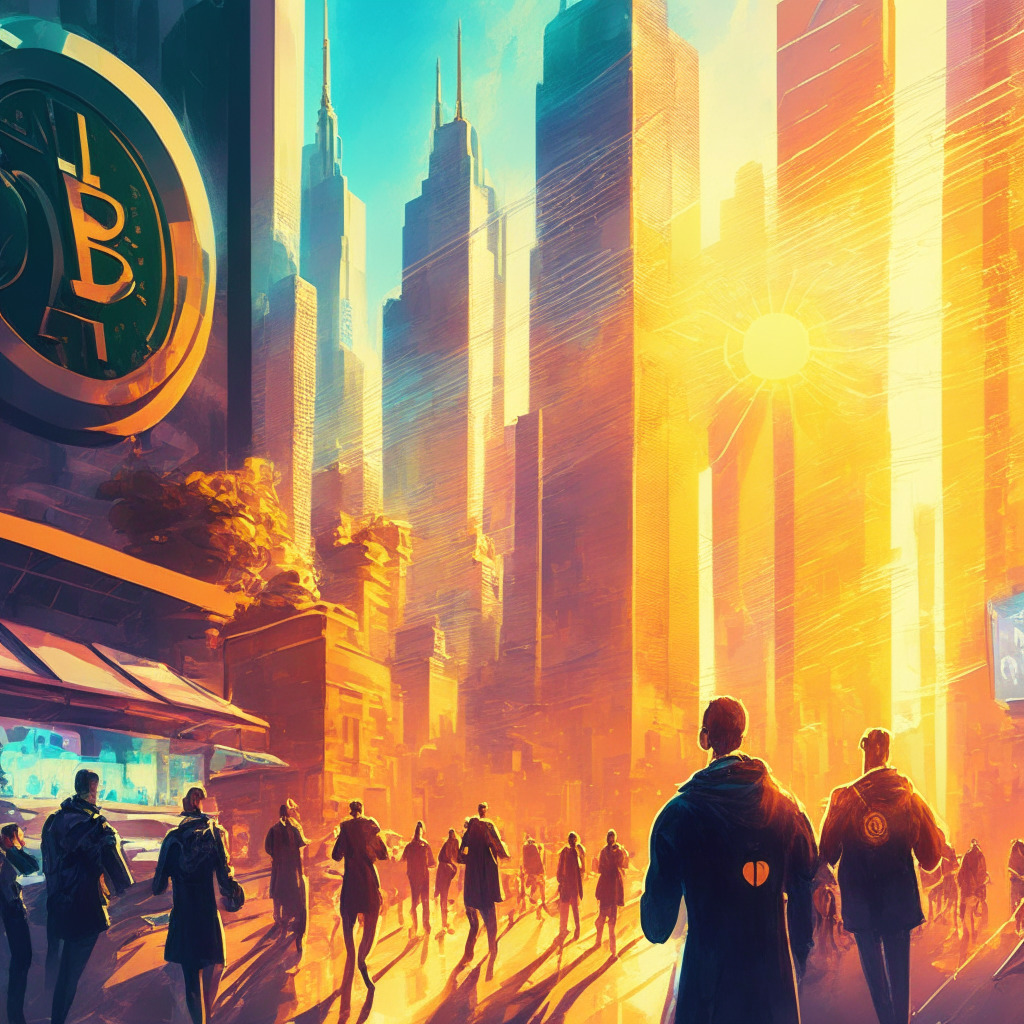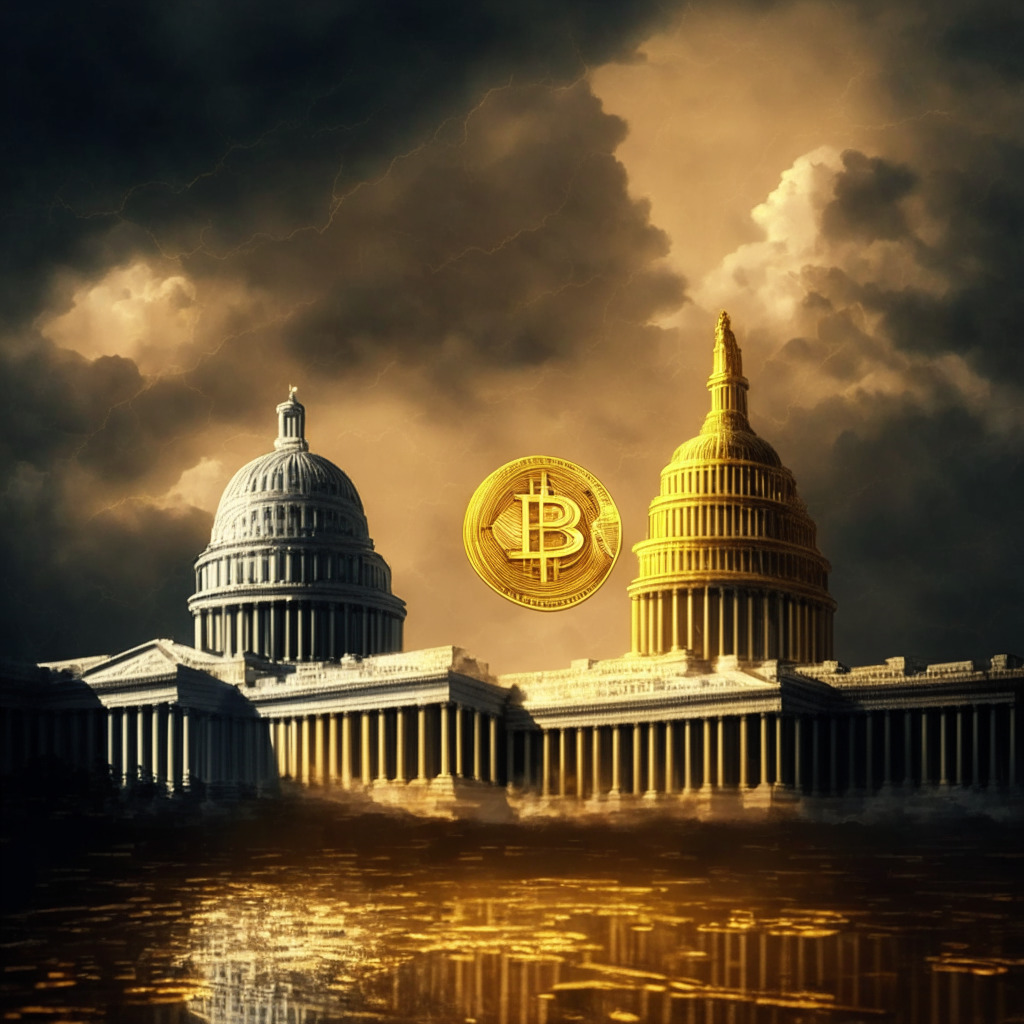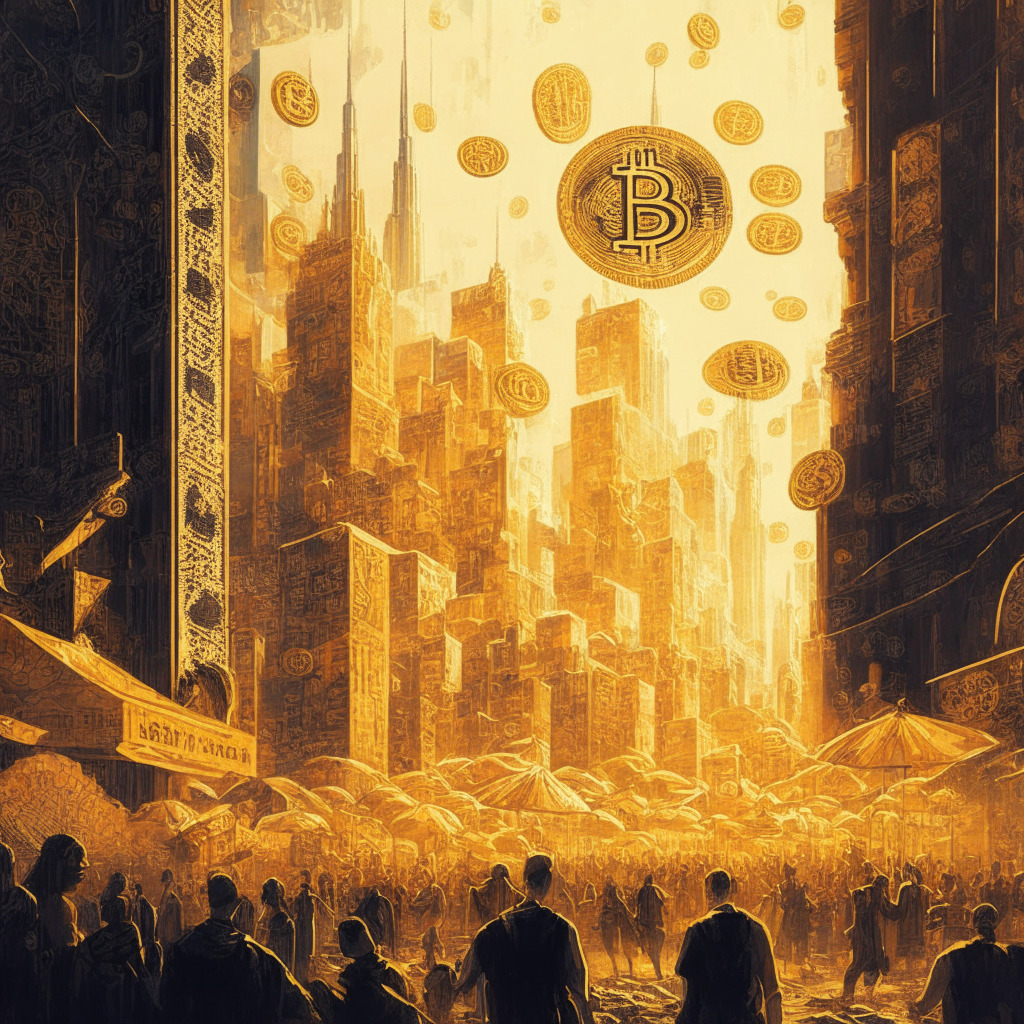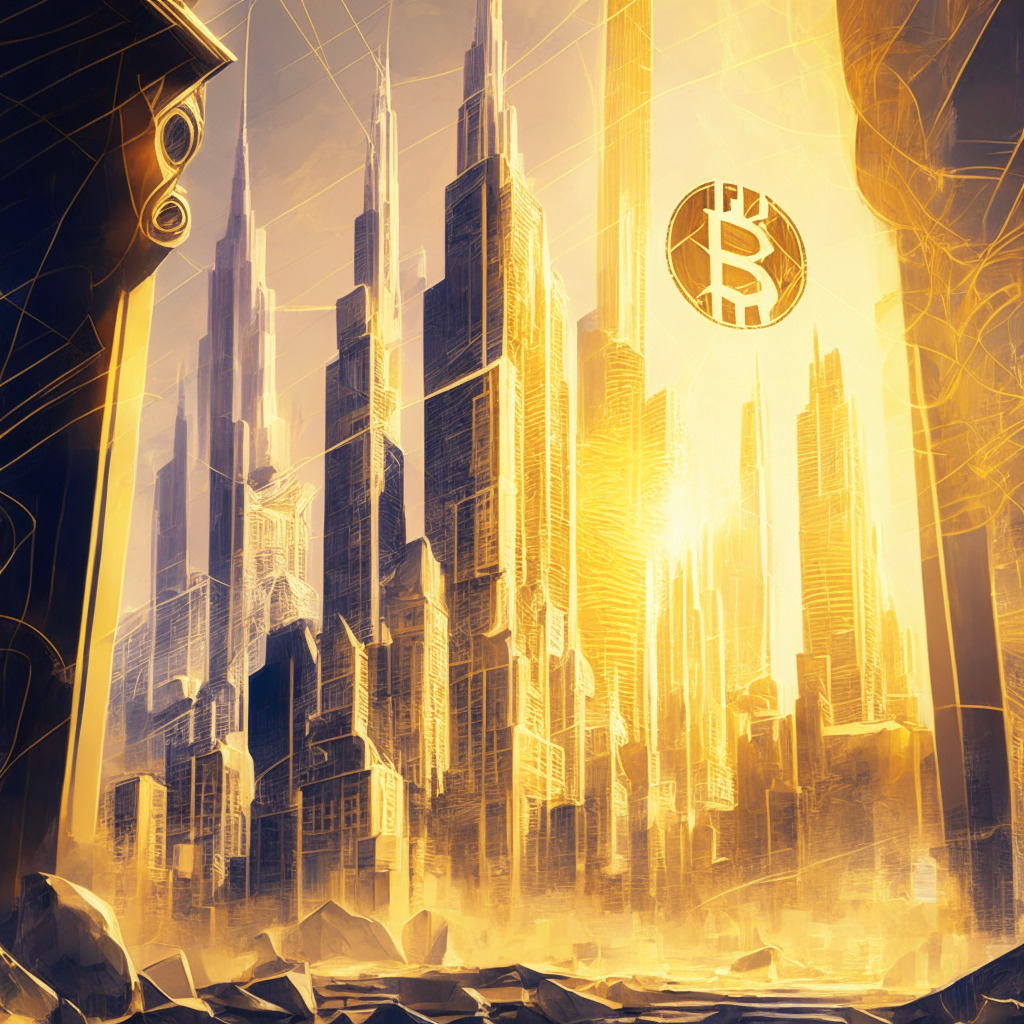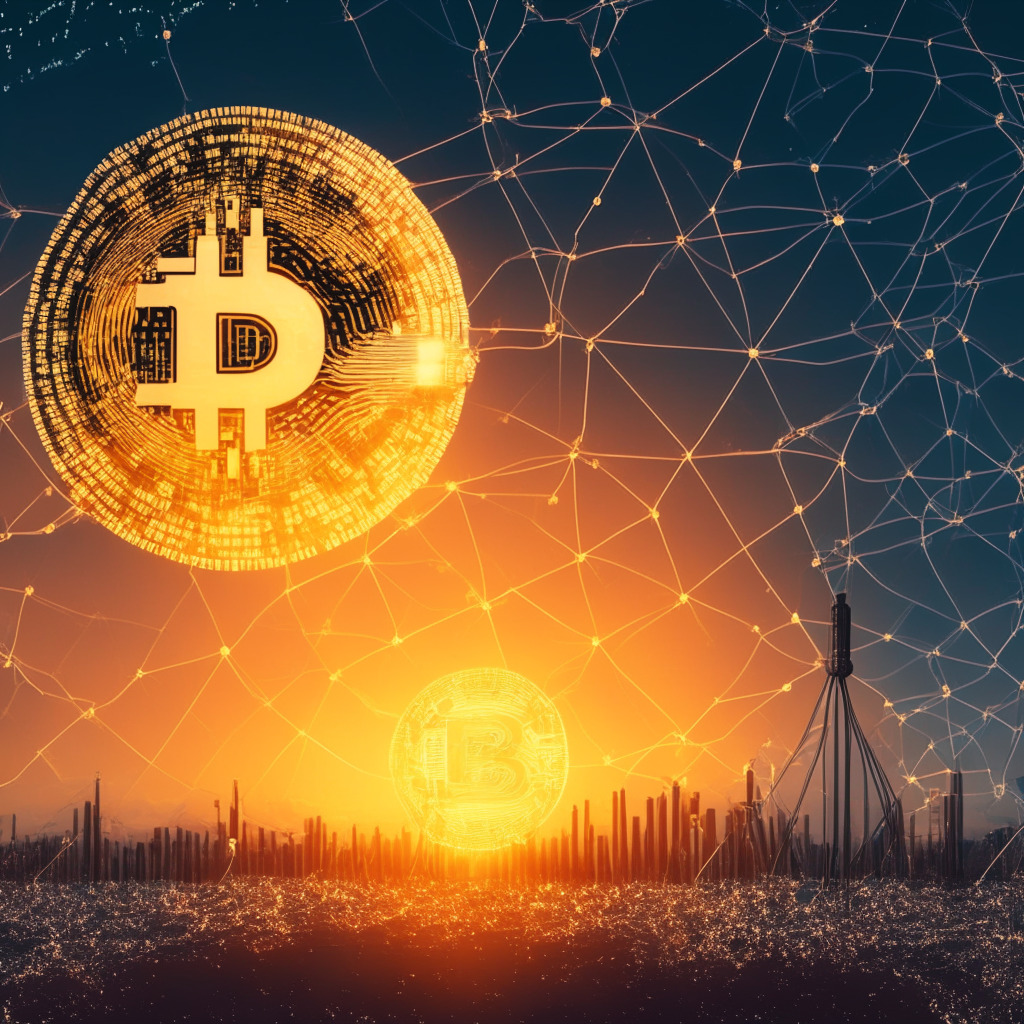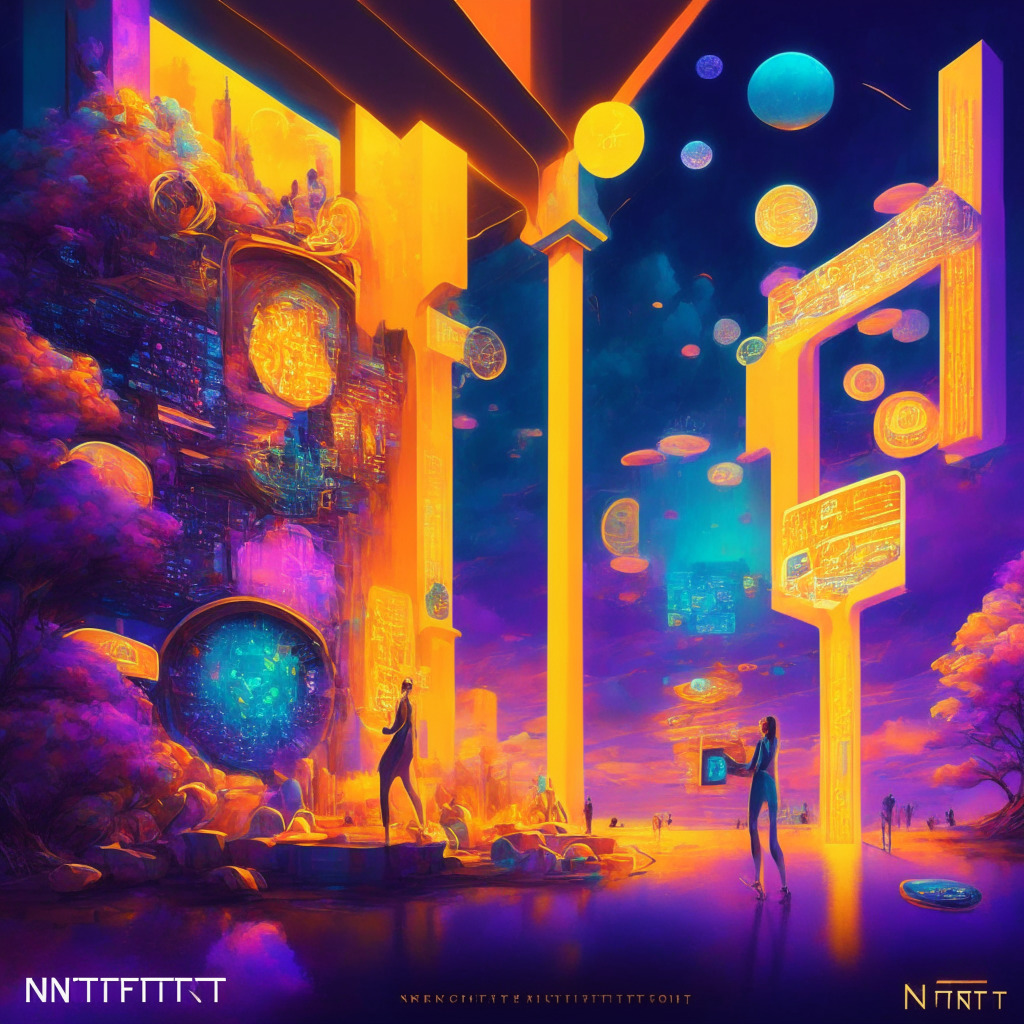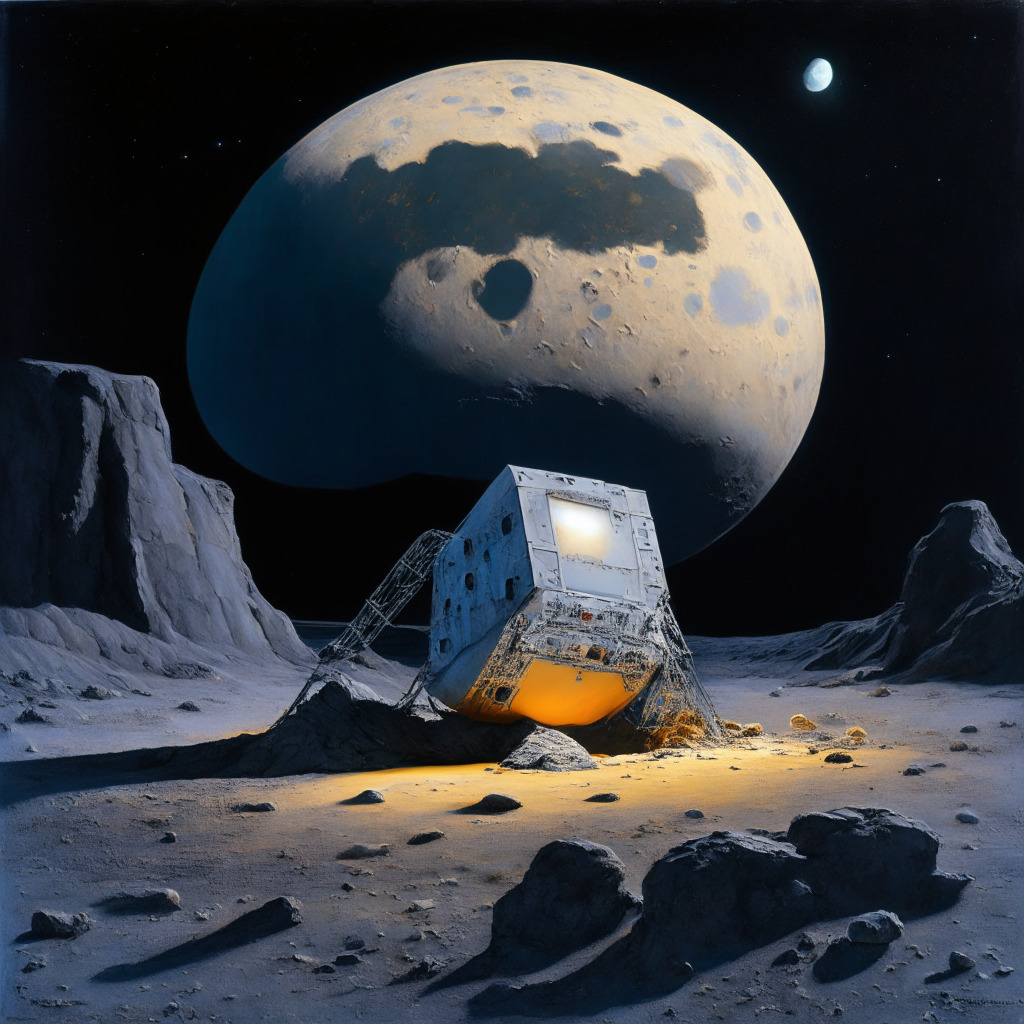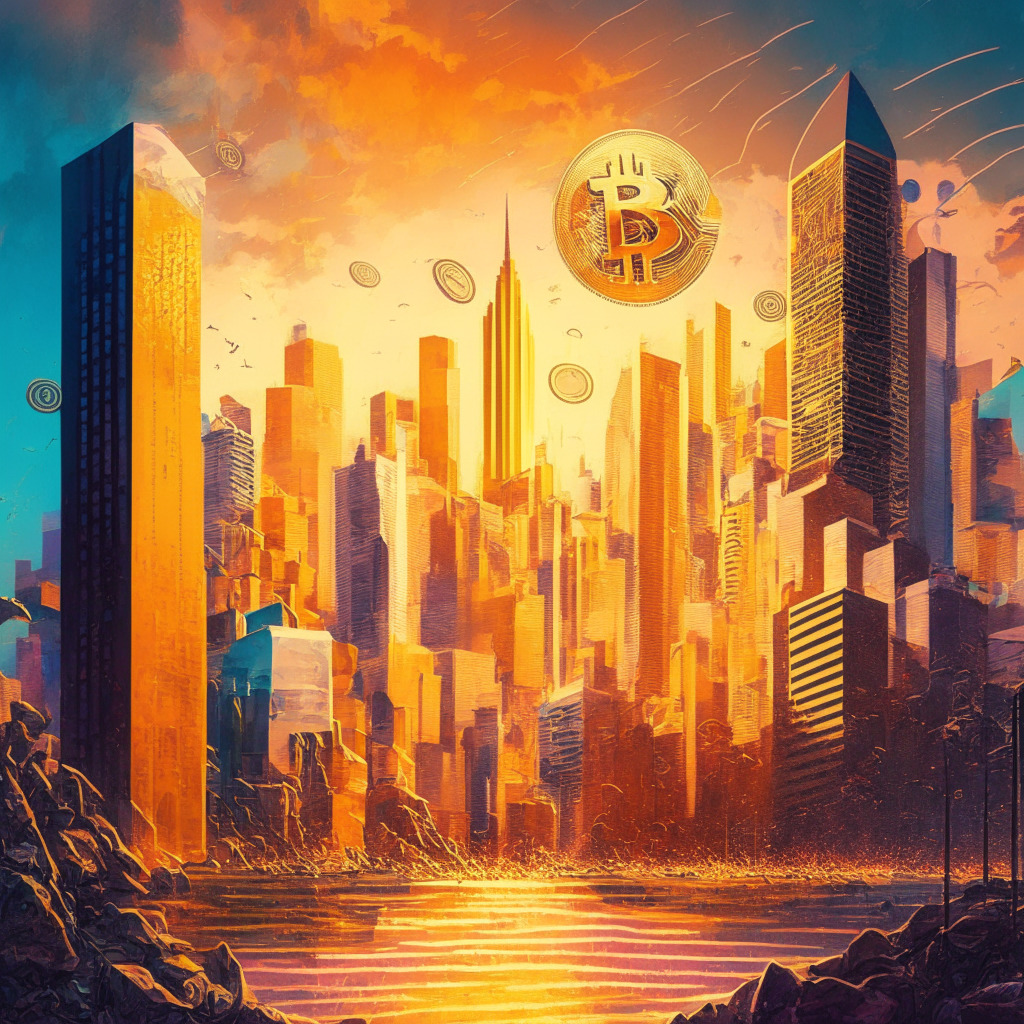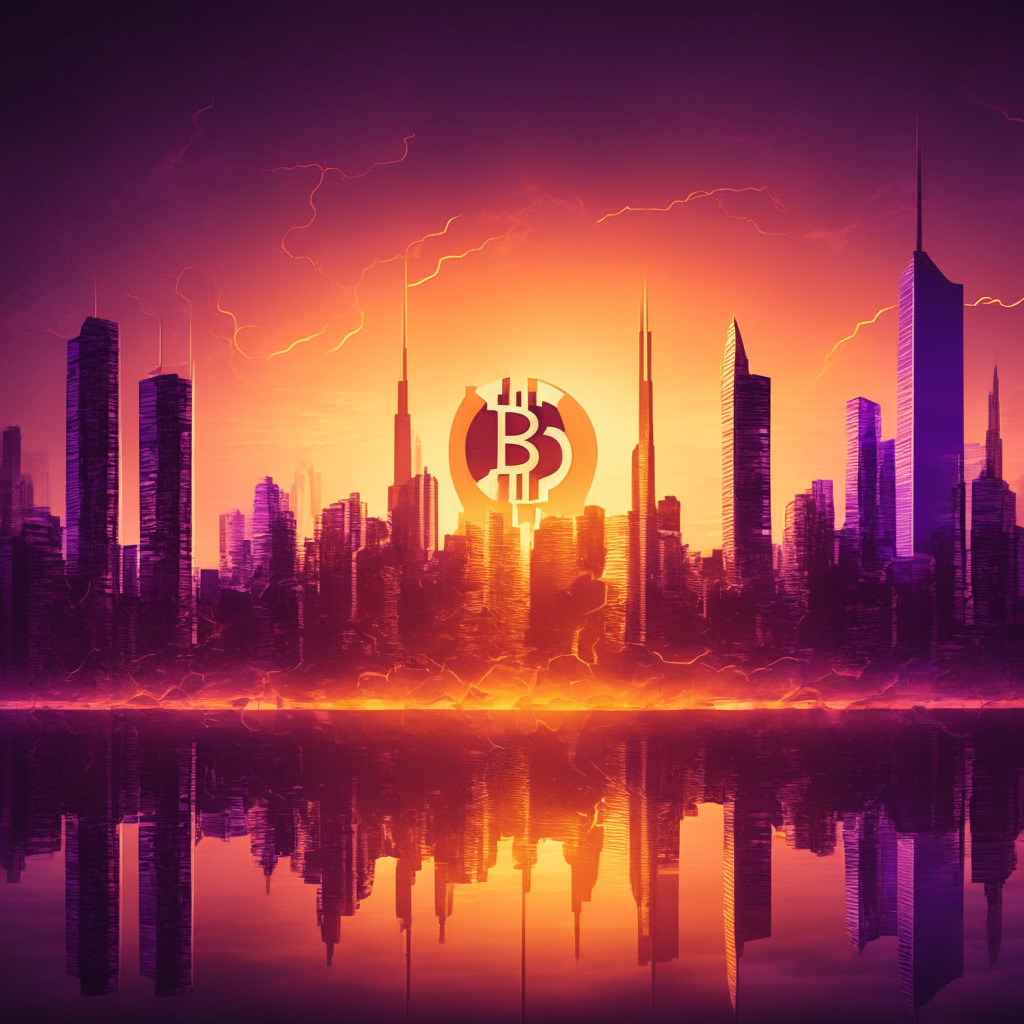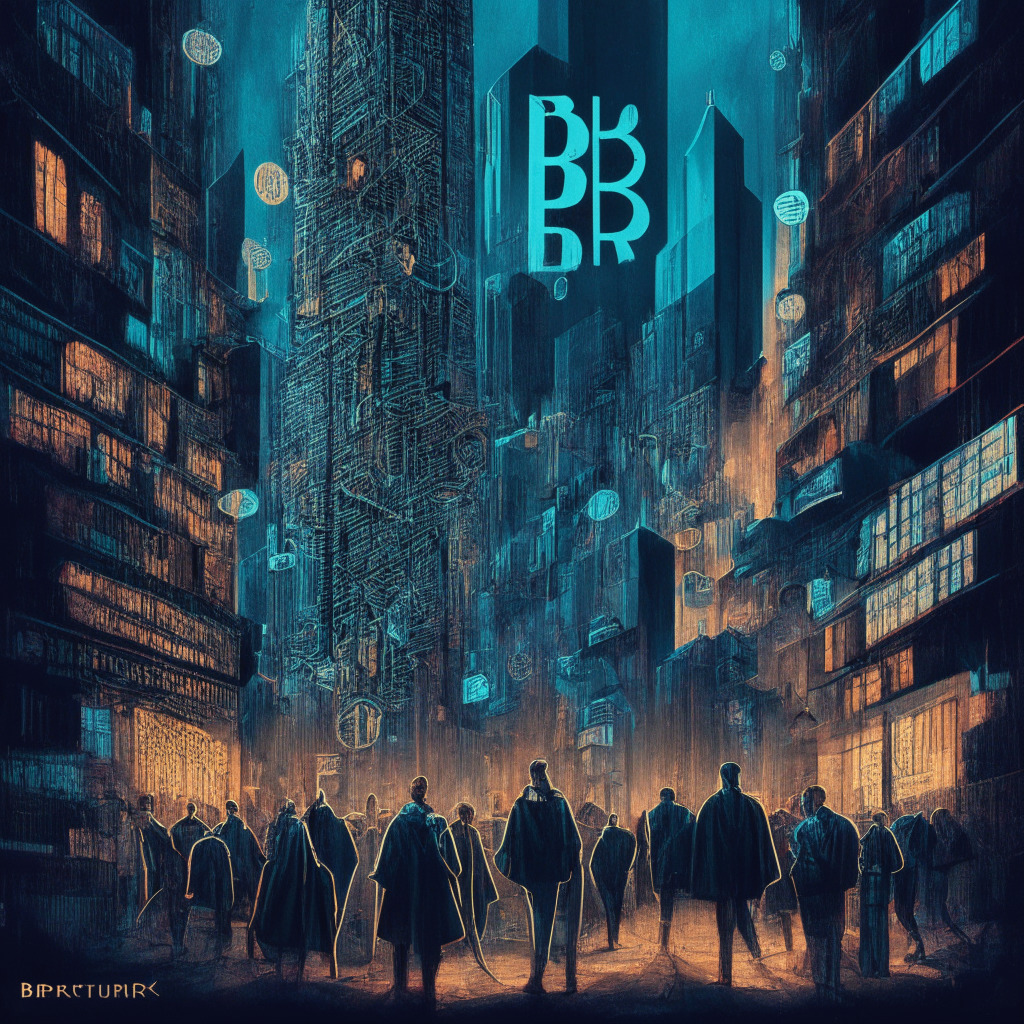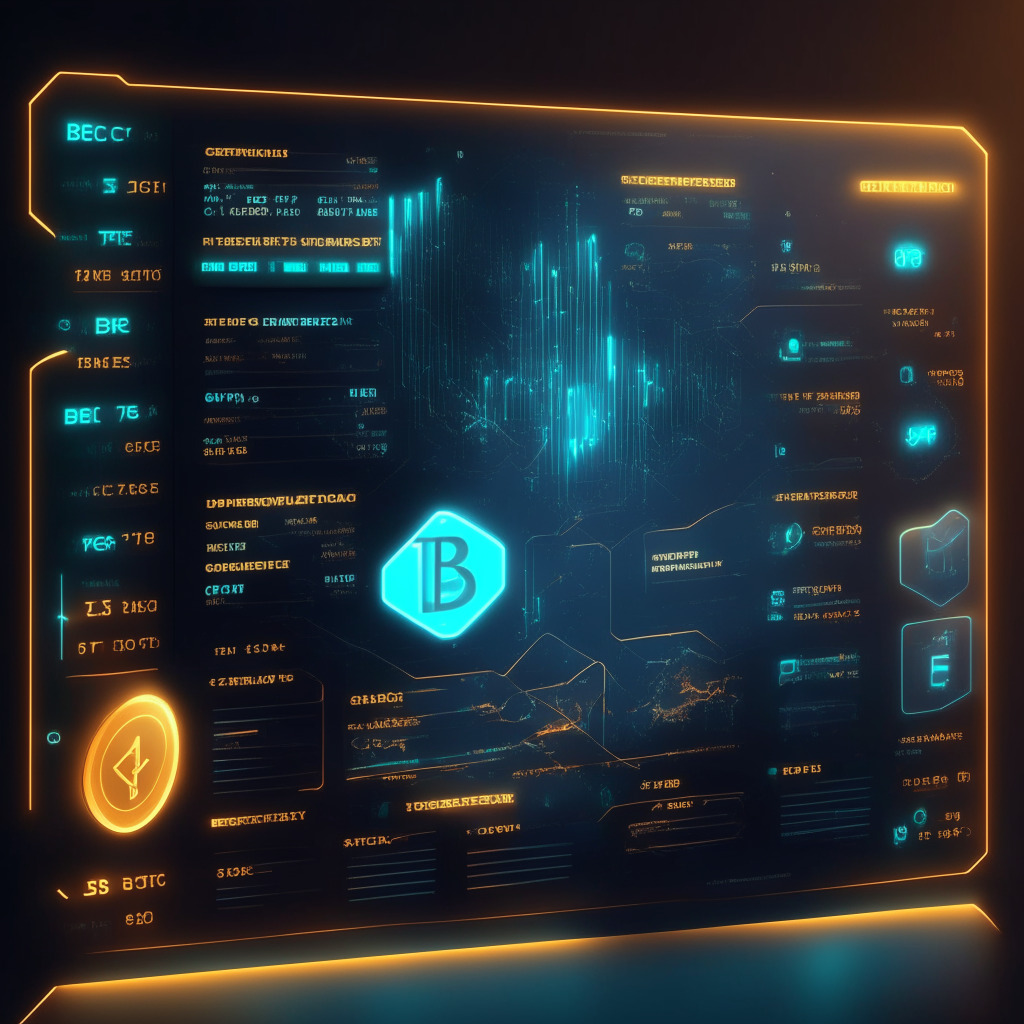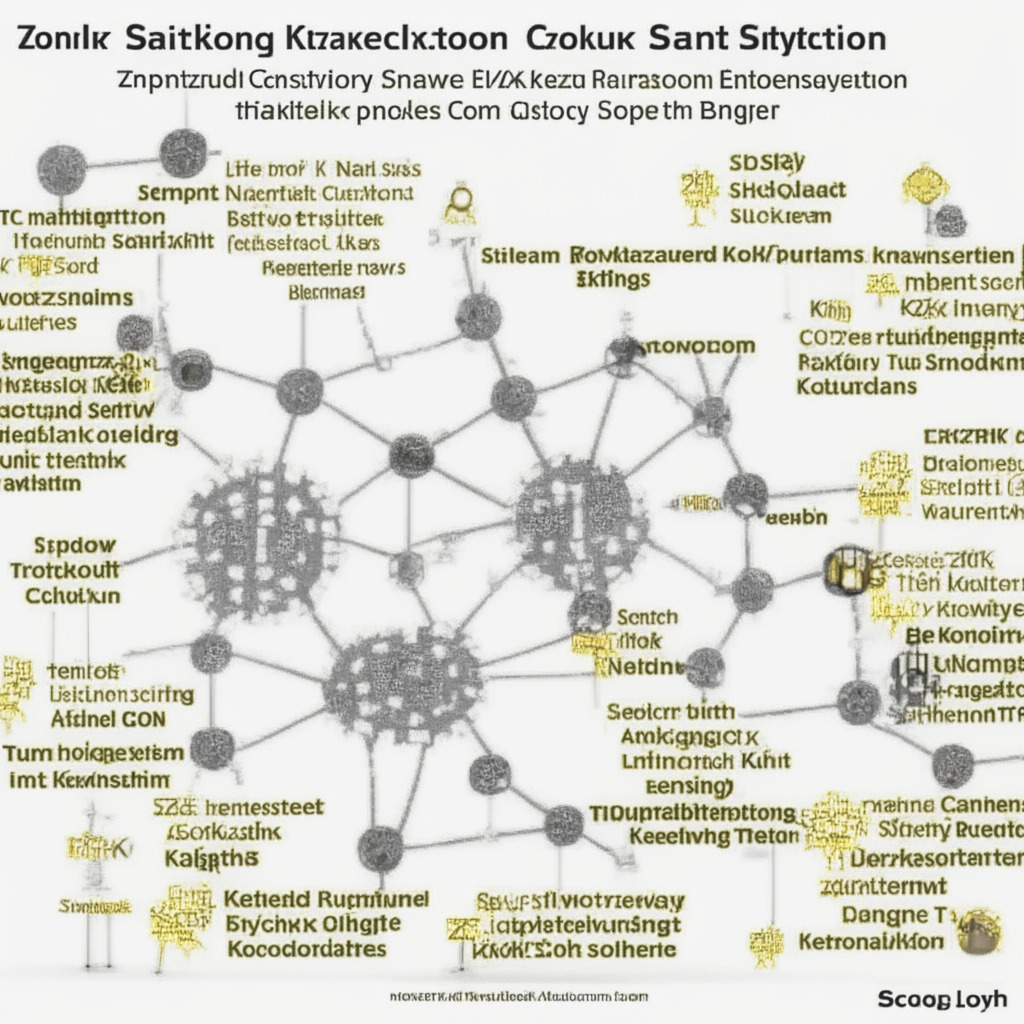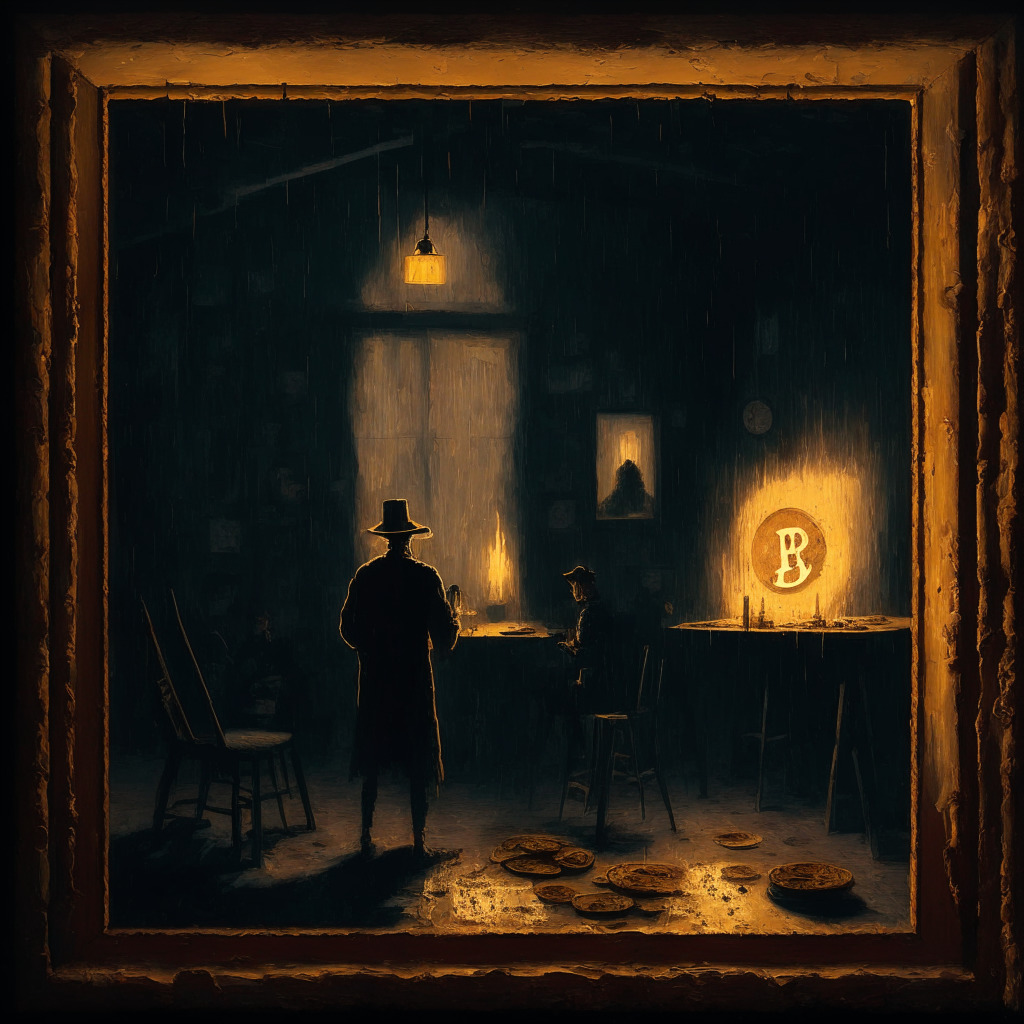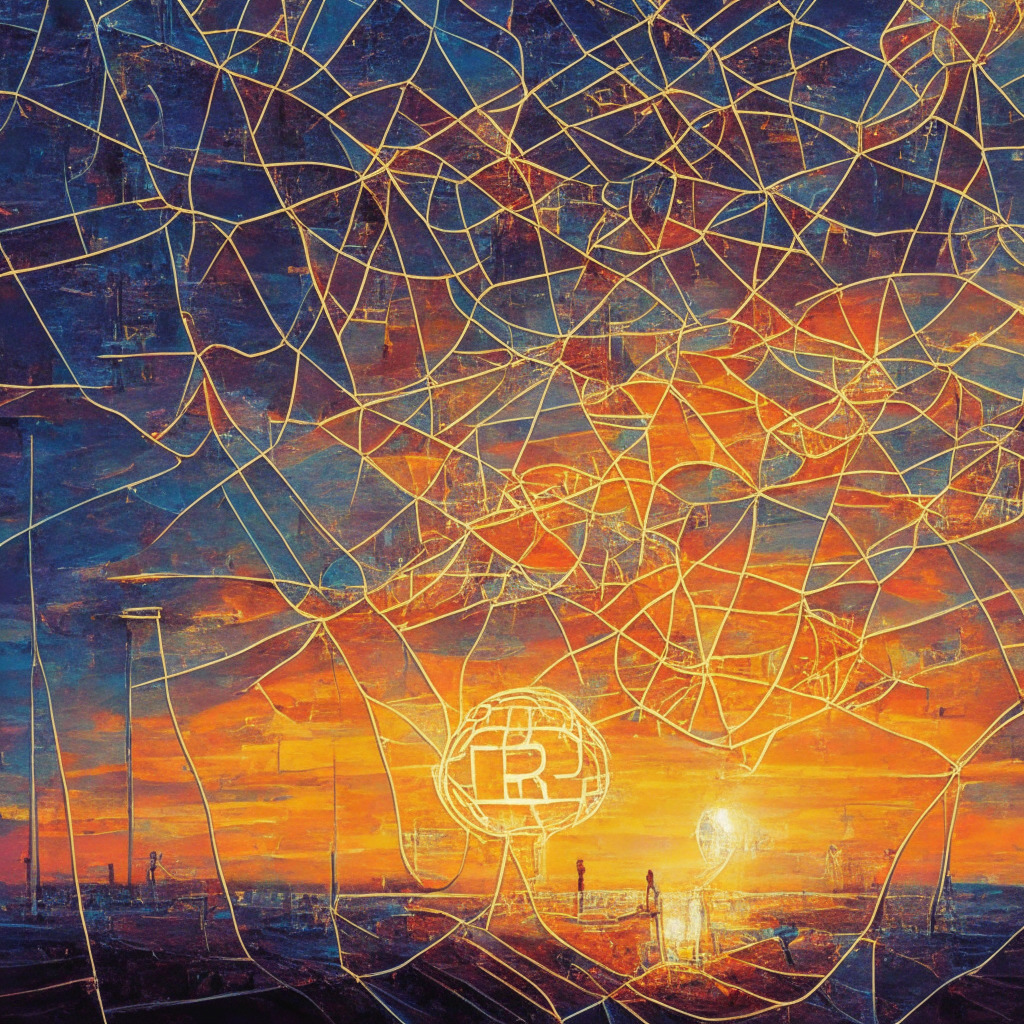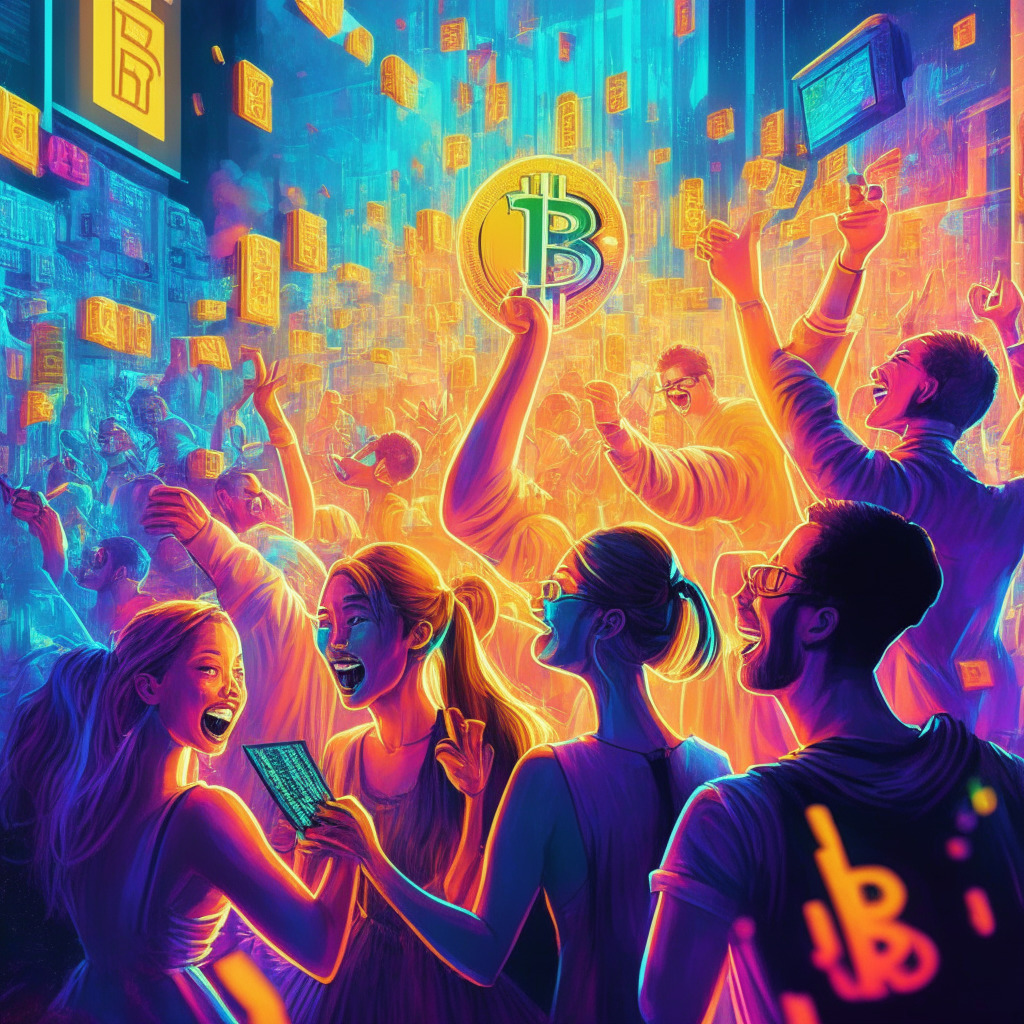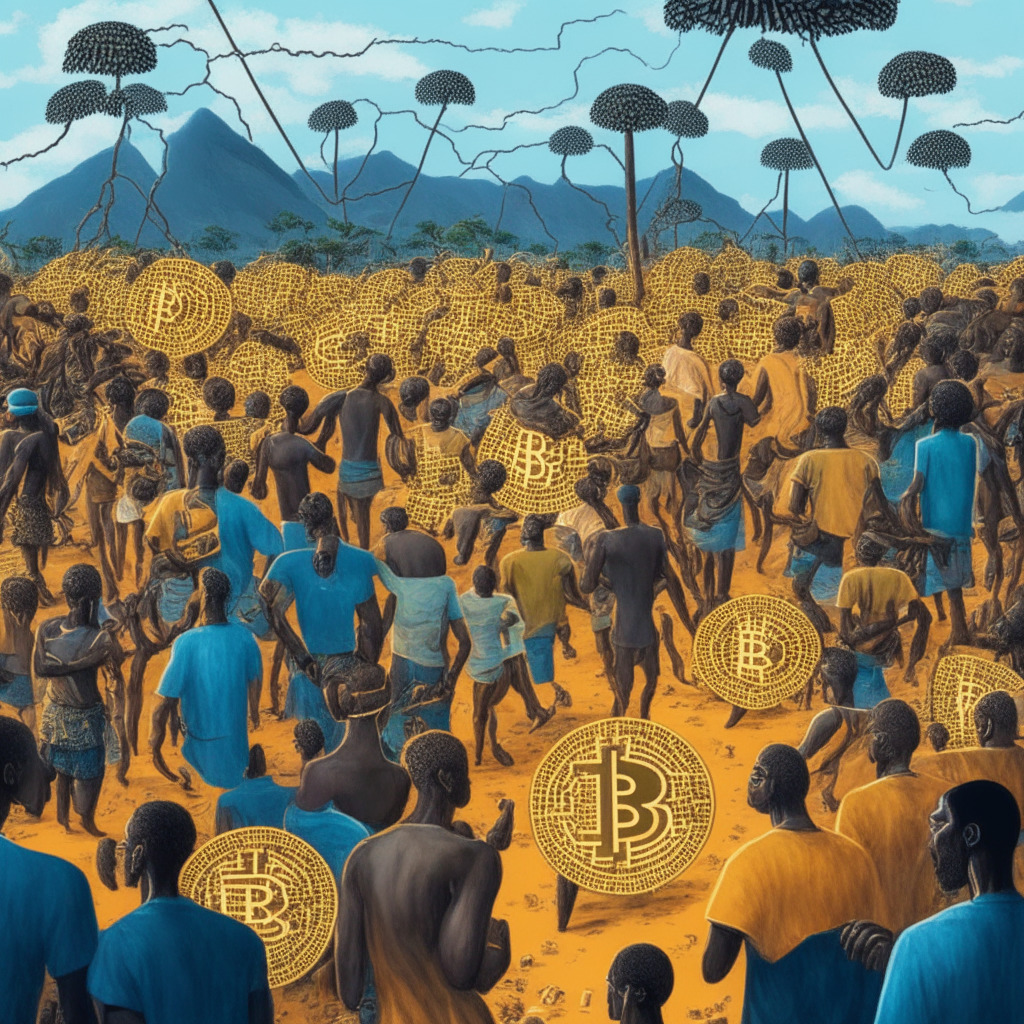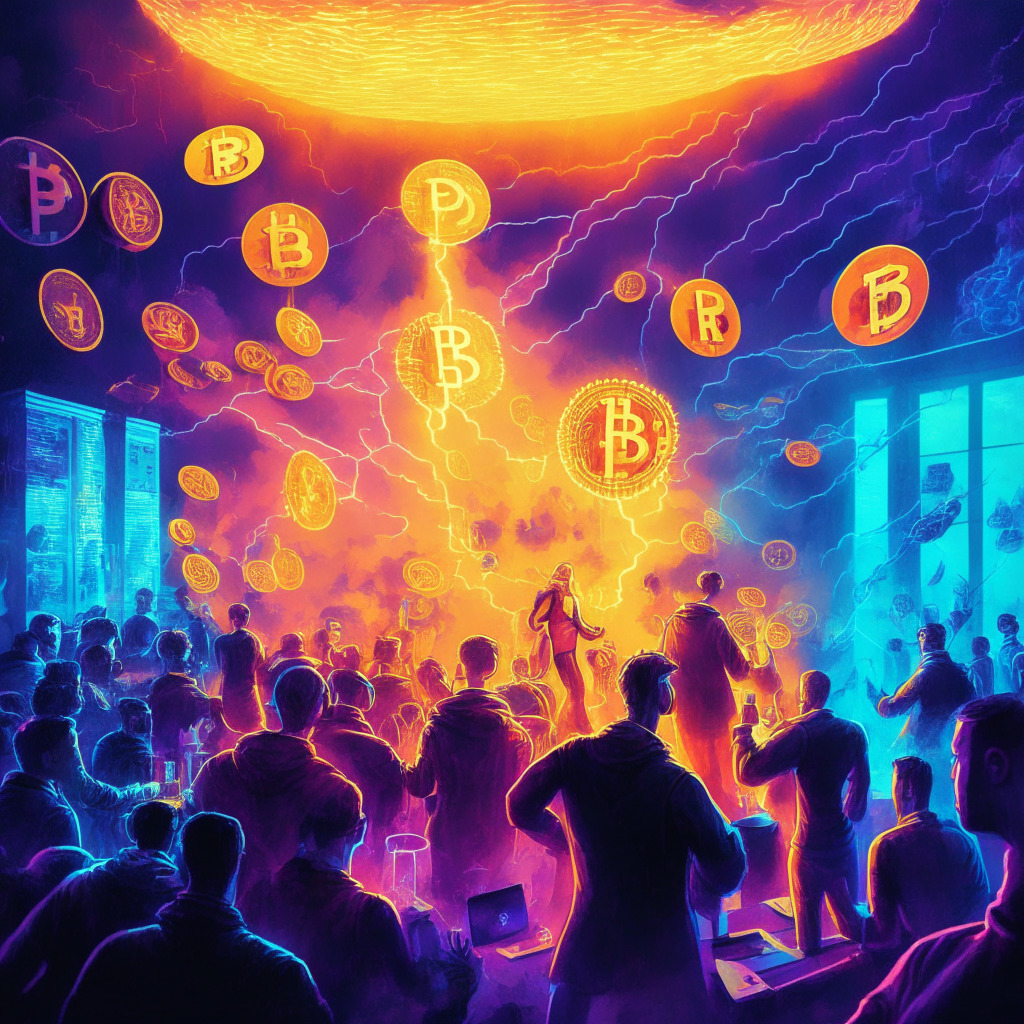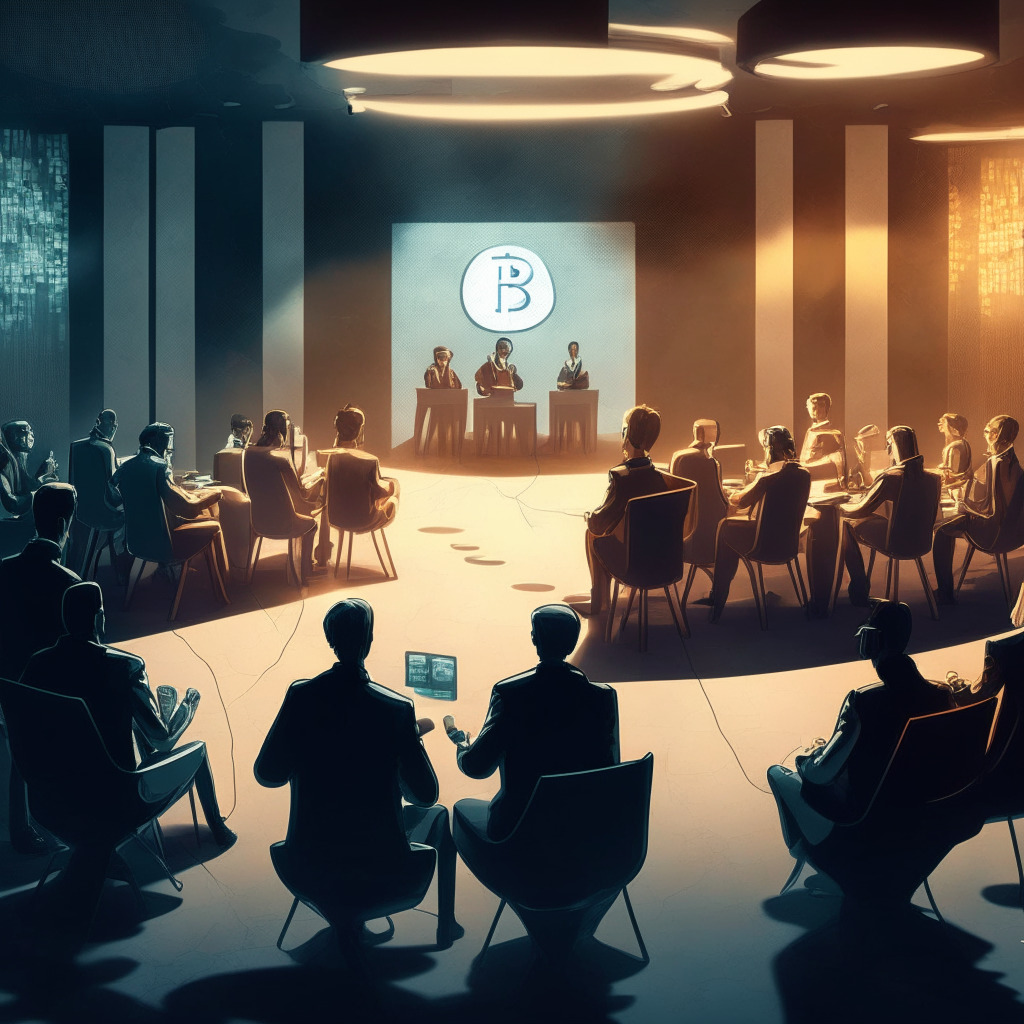Bitcoin exhibits historic stability for 70 consecutive sessions, confounding investors and market watchers. Macro catalysts such as debt-ceiling negotiations and the Federal Reserve’s interest rate policy contribute to this unexpected calmness, causing traders to exercise caution and adopt a wait-and-see tactic.
Search Results for: Bitcoin Ordinals
Dogecoin Surpasses Ethereum and Bitcoin in Transaction Volume: A Joke Turned Competitor?
Dogecoin, once a joke, now surpasses Ethereum and Bitcoin in transaction volume, handling over 7.9 million transactions due to Bitcoin Ordinals, a layer-2 solution similar to NFTs. With competitive fees and rapid adoption of NFT-like features, Dogecoin demonstrates the potential as a serious blockchain competitor.
Bitcoin Core 25.0: Expanding Use Cases and Boosting Network Efficiency
The latest Bitcoin Core version introduces changes to transaction policies, enabling smaller transaction sizes and more efficient use of the network. Developments in the ordinals protocol support diverse token creation, bringing additional utility to Bitcoin ecosystem and optimism for the cryptocurrency’s future.
Debt Ceiling Negotiations: Predicting Bitcoin’s Fate Amid U.S. Economic Climate Shifts
As U.S. debt ceiling negotiations progress, Bitcoin and Ether maintain stability amidst uncertainty. Dave Weisberger, CEO of CoinRoutes, outlines three potential scenarios impacting crypto markets tied to debt ceiling outcomes. Meanwhile, Blend acquires 82% of NFT lending market share, and Nvidia’s stock soars by 25% due to its GPUs’ value in crypto mining and AI applications.
Exploring RGB Protocol as a Solution to Bitcoin’s Block Space Issues and Ordinal Impact
The RGB Protocol could solve Bitcoin’s block space problems caused by rising Ordinals popularity, without impacting transaction fees, according to Gideon Nweze, founder of Digital Bitcoin Art and Assets. RGB enables encrypted transactions with Lightning Network functionality, offering a more efficient solution for minting NFTs in the Bitcoin ecosystem.
Bitcoin NFTs and Meme Tokens: Boon for Adoption or Network Congestion Nightmare?
Bitcoin-based NFTs and meme tokens experience soaring popularity as Ordinals inscriptions reach 9 million. The Bitcoin Ordinals protocol enables inscribing digital artifacts, drawing criticism for misuse and increasing network congestion. Despite concerns, it serves as a catalyst for Bitcoin adoption and expansion into other cryptocurrencies.
Stably USD Stablecoin’s Impact on Bitcoin Trading: Potential Game Changer or Just Hype?
The new dollar-backed stablecoin, Stably USD, designed for the on-chain Bitcoin economy raises questions about the future of digital asset trading. Developed by crypto startup Stably, this BRC-20 token aims to simplify trading in ordinals, offering a more efficient and cost-effective alternative to fiat currency or Bitcoin. Skepticism remains whether it will significantly impact the market.
Bitcoin’s Price Crossroads: Regulatory Concerns, Long-Term Hodlers, and NFT Markets
Bitcoin’s price faces a downward trend, potentially breaking the $26,800 support level, raising concerns among investors. Meanwhile, Cathie Wood critiques the SEC’s treatment of digital assets, and Hong Kong’s retail trading announcement sparks market optimism. Bitcoin users hold long-term, maintaining confidence in its future prospects.
Bitcoin NFTs Soar in Popularity: Innovation or Threat to Network Stability?
Bitcoin NFTs have generated approximately $167 million in revenue within the past thirty days, soaring to second place in NFT sales per blockchain. The rapid ascent is attributed to the Ordinals Protocol, which allows inscribing satoshis with data. Critics argue that NFTs may compromise Bitcoin’s core principles, while others see new pathways for adoption. The flourishing popularity of Bitcoin-based NFTs presents a study in balancing innovation and security.
Institutional Investors Shift Focus: Ethereum Gains Traction over Bitcoin as Stability Rises
Institutional investors are increasingly favoring Ethereum over Bitcoin, with Ethereum’s lower volatility index attracting more capital allocations. This shift raises questions about the future of cryptocurrencies and the regulatory stance of organizations like the SEC.
Ordinals Protocol Shifts to Litecoin & Dogecoin: Impact on Network Activity and Future Challenges
The Ordinals protocol, initially aimed for the Bitcoin network, has shifted to Litecoin and Dogecoin, resulting in a significant increase in transaction volume on both networks. The introduction of LRC-20 and DRC-20 token standards allowed users to create new memecoins, driving network activity. Balancing benefits and drawbacks is essential for understanding this technology’s impact on the blockchain ecosystem.
Soaring Gas Fees: Will Bitcoin Overcome Ordinal Inscription Challenges?
Recent data from Glassnode suggests the impact of Ordinal inscription on soaring Bitcoin gas fees might be subsiding. The high fees raise concerns for Bitcoin’s growth and appeal to investors, particularly smaller holders. As the crypto market adapts, investors may see improvements in network performance, but should stay informed on market trends and developments.
Mordinals: NFTs on Monero Blockchain – Risks, Privacy Concerns & Future Prospects
The rise of Mordinals, nonfungible tokens (NFTs) on the Monero blockchain, has sparked concerns within the Monero community about potential risks to privacy, decentralization, and illegal usage. Despite these concerns, proper interventions and approaches can maintain user privacy while allowing NFTs to thrive on Monero without compromising its core principles.
Exploring Bitcoin-Based NFTs: DIBA Marketplace, RGB Smart Contracts, and the Future of Digital Assets
DIBA, a new marketplace for exchanging Bitcoin-based non-fungible tokens (NFTs), offers trading on layer 2 networks like the Lightning Network. Using “Really Good for Bitcoin” (RGB) smart contracts, DIBA aims to enable cheaper, more private transactions and simplify token issuance on Bitcoin.
Bitcoin’s Lunar Leap: Symbolic Milestone or Wasteful Endeavor?
In the historic summer of 2023, Astrobotic Technology, BitMEX, and Bitcoin Magazine will partner to send the first physical Bitcoin to the Moon, marking the first Western soft lunar landing since NASA’s Apollo 17 mission in 1972 and symbolizing a world without borders.
Surge in Litecoin’s Popularity: The Ordinals Boom and Its Challenges
The rising interest in Ordinals, similar to NFTs, has led to a surge in Litecoin’s blockchain activity and value. The introduction of Ordinals to Litecoin’s blockchain has garnered significant attention, with over 2.6 million Litecoin Ordinals inscribed. However, potential drawbacks like short-lived popularity and environmental impact warrant scrutiny.
Synergy Between Bitcoin and PoS Blockchains: Exploring Security and Energy Implications
Stanford professor David Tsè reveals research on synergy between Bitcoin and proof-of-stake blockchains, addressing PoS limitations and energy consumption implications. By protocol-sharing security, overall strength can be boosted. Bitcoin’s “long-range” security complements PoS, attracting developers for distributed ledger applications and NFTs, offering potential for a symbiotic blockchain future.
Bitcoin Frogs Leap to NFT Fame: Impact on Bitcoin Fees and Tech Landscape Debated
The world of non-fungible tokens (NFTs) has been taken by storm with the launch of Bitcoin Frogs, a collection of 10,000 unique frog collectibles minted on the Bitcoin blockchain. Within 24 hours, trading volume reached over $2.2 million, outpacing established collections like Bored Apes. The Ordinals Protocol has enabled NFTs issued on Bitcoin to gain traction but has also led to skyrocketing fees.
Rebranding Post-Lawsuit: Taproot Assets Revolutionizes Asset Transfers on Bitcoin Blockchain
Lightning Labs has rebranded its Taro project to Taproot Assets after a trademark infringement lawsuit and released a software update. Taproot Assets aims to allow users to issue assets like stablecoins on the Bitcoin blockchain and is currently available on a test network with main network support coming soon. The company’s ultimate goal is to enable Bitcoin-based asset transfers over the Lightning Network.
Bitcoin-only Companies Thrive Amid Market Downturn: Exploring the Growth and Adoption Trends
Despite the recent downturn in Bitcoin Ordinals, investments in Bitcoin-only companies continue to grow, driven by business and institutional adoption. River, a US-based Bitcoin technology and financial services company, recently secured $35 million in Series B funding, highlighting interest in Lightning Network solutions for low-fee, high-throughput payments.
Bitcoin’s Unexpected BRC-20 and NFT Boom: Threat to User Inclusion or Permissionless Progress?
The launch of BRC-20 tokens and Ordinals NFTs on Bitcoin has transformed the blockchain, drawing comparisons to Ethereum and raising concerns over memecoins, congested block space, and soaring transaction fees. Opinions vary on whether to enforce strict Taproot validation or consider forking Bitcoin, while the community focuses on making tokens more efficient and exploring data storage on Bitcoin’s blockchain.
OKX Wallet to Offer Ordinals Trading: Pros, Cons, and Future Implications
OKX announces plans to offer Ordinals trading within its wallet by June, aiming to provide users with the ability to mint and trade Bitcoin Ordinals. Despite challenges in adoption, accessibility, and market unpredictability, OKX is working to simplify and support the expanding use cases of Bitcoin.
Scaling Bitcoin With zk-Proofs: A Solution to Network Congestion and Transaction Fees?
The Bitcoin network faces congestion and increased transaction fees due to the demand for BRC-20 tokens. Zero-knowledge proofs (zk-proofs) may help address these issues by enhancing privacy, security, and blockchain capacity. Projects such as ZeroSync are exploring solutions like zkCoins to increase transaction throughput and improve network scalability.
First Real-World Bitcoin Purchase: Pizza or JPEG Art? Exploring the Ongoing Debate
Crypto Twitter debates if the first-ever real-world Bitcoin purchase was not for pizza, but a JPEG image. A screenshot from 2010 allegedly shows a user named Sabunir selling a picture for 500 BTC before the notorious Bitcoin Pizza Day. The authenticity of this claim remains uncertain.
Meme-Coin Fever vs Bitcoin’s Core Purpose: Balancing Utility, Fees, and Censorship-Resistance
The rise of Bitcoin-based meme coins and NFTs after the Taproot upgrade has caused increased transaction fees and blockchain congestion. This highlights a conflict within the Bitcoin community between purists, who see it as an alternative currency, and advocates for its open nature. Addressing rising fees and preserving decentralization and censorship-resistance must be prioritized.
Binance Embraces Bitcoin NFTs: Boon or Bubble for the Market?
Binance is adding support for Bitcoin-based NFTs, Ordinals, on its marketplace, highlighting their mainstream appeal. As institutional interest grows, skepticism remains with critics arguing NFT projects could dilute digital asset values. Recent developments aim to increase inclusivity and promote a more diverse NFT ecosystem.
Bitcoin Network Clogged by BRC-20 Tokens: Debating Solutions and Market Impact
The Ordinals protocol has caused an explosion of BRC-20 tokens, clogging the Bitcoin network and leading to high transaction fees. Developers are debating whether to take drastic steps to address the issue or maintain the status quo. Meanwhile, some Bitcoin users in Africa are seeking alternative payment options, and Binance plans to integrate the Lightning Network to scale.
Surge in Bitcoin Transaction Fees: Boon for Miners, Bane for Users, Glimpse into Blockchain’s Future
The recent surge in Bitcoin transaction fees due to the Ordinals protocol’s impact on non-fungible and fungible tokens has both positive and negative implications for the mining industry and crypto ecosystem, highlighting the need for innovation and adaptability in navigating future challenges and opportunities.
Bitcoin Fees & BRC-20 Tokens: Debating Scalability, Pros, and Cons Amid the Spike
The recent rise in Bitcoin transaction fees, driven by the introduction of BRC-20 tokens and ordinals, has sparked discussions on blockchain efficiency and scalability. This highlights the need for solutions like Lightning Network to address looming issues of rampant transaction fees fueled by everyday users, urging the Bitcoin community to focus on enhancing its infrastructure and scalability.
Bitcoin Spam Filter Proposal Divides Crypto Community: Tackling Meme Coins and NFTs
Leading Bitcoin code contributor Luke Dashjr has proposed “spam filtration” to address blockchain congestion caused by the meme coin and NFT trading phenomena. However, the proposal received mixed reactions, leaving it unclear if the changes will gain enough momentum to be enforced into the Bitcoin protocol.
Bitcoin Shrimps vs Whales: NFT Frenzy & Soaring Gas Fees Impact Market Sustainability
The cryptocurrency market experiences fluctuations as retail investors accumulate Bitcoin and whales offload assets. Bitcoin Ordinals or non-fungible tokens contribute to heightened gas fees, impacting the market’s sentiment. Amidst uncertainties, thorough research is crucial for navigating volatile crypto markets.
BRC-20 Tokens on Bitcoin Blockchain: Innovation vs Network Congestion and Surging Fees
The Bitcoin network struggles with record transactions and fees due to the introduction of BRC-20 memecoins, causing over 400,000 pending transactions. The situation raises questions about the future of these tokens, with miners enjoying increased profitability and core developers considering them as network spam. Balancing innovation and network integrity will be essential moving forward.


